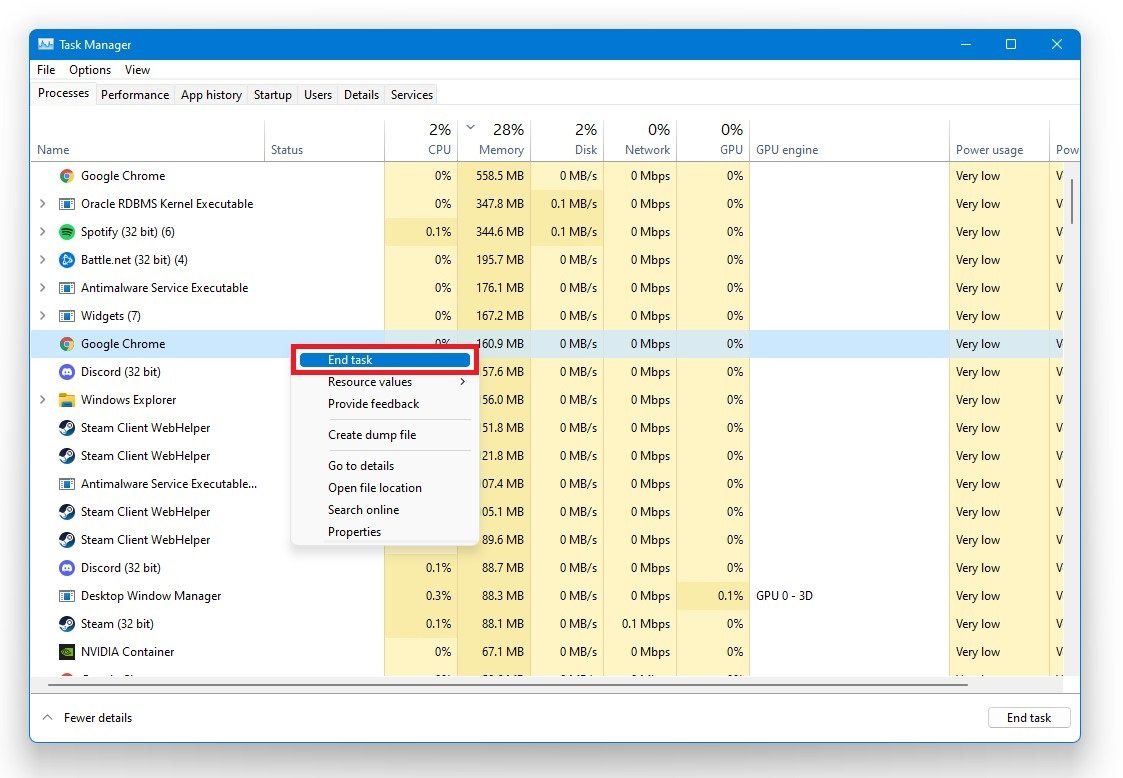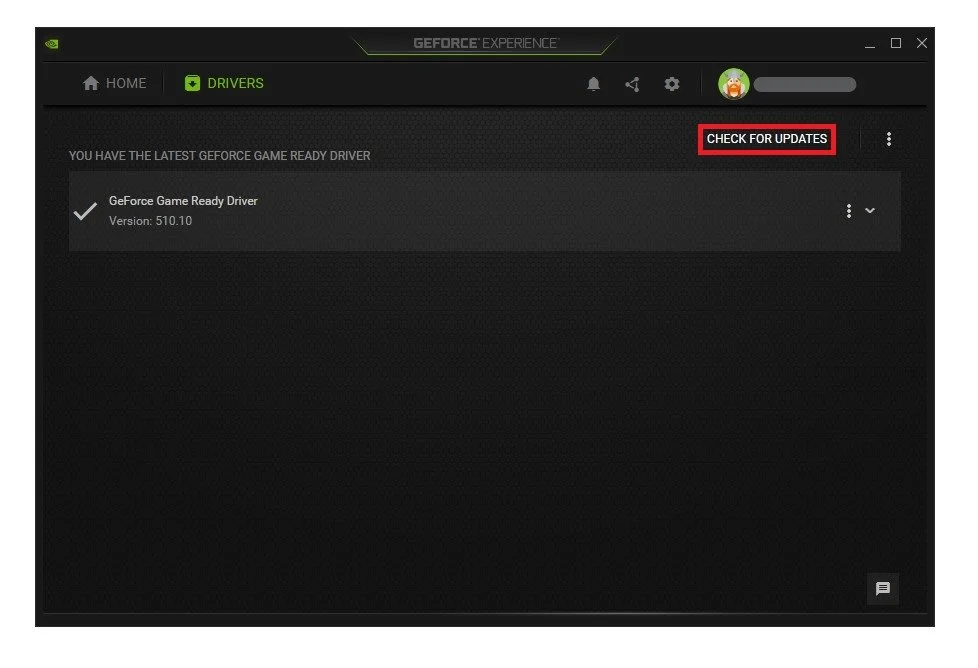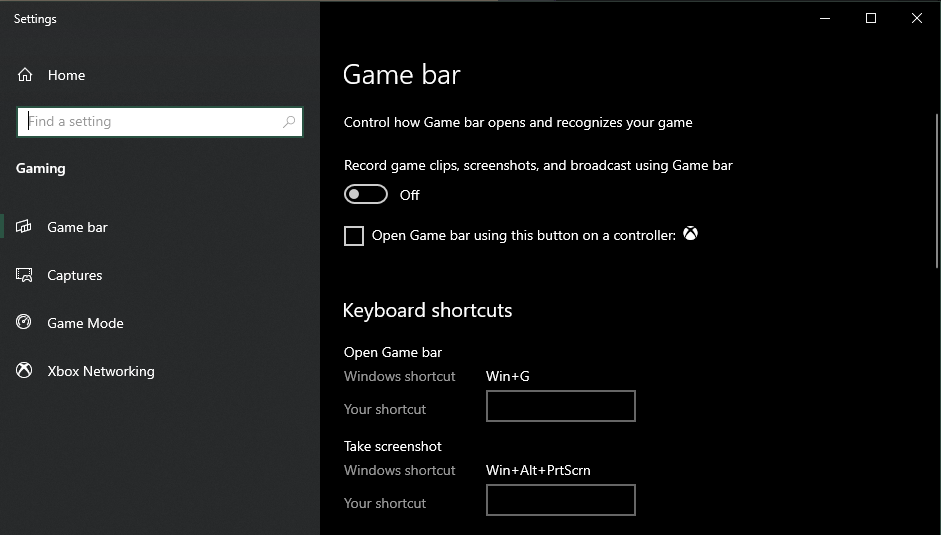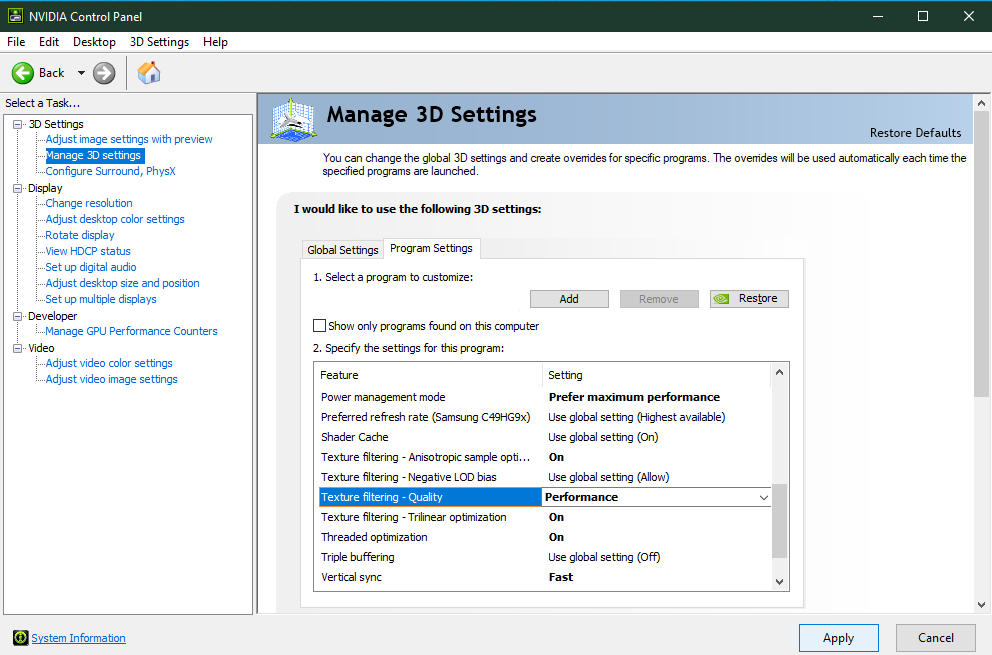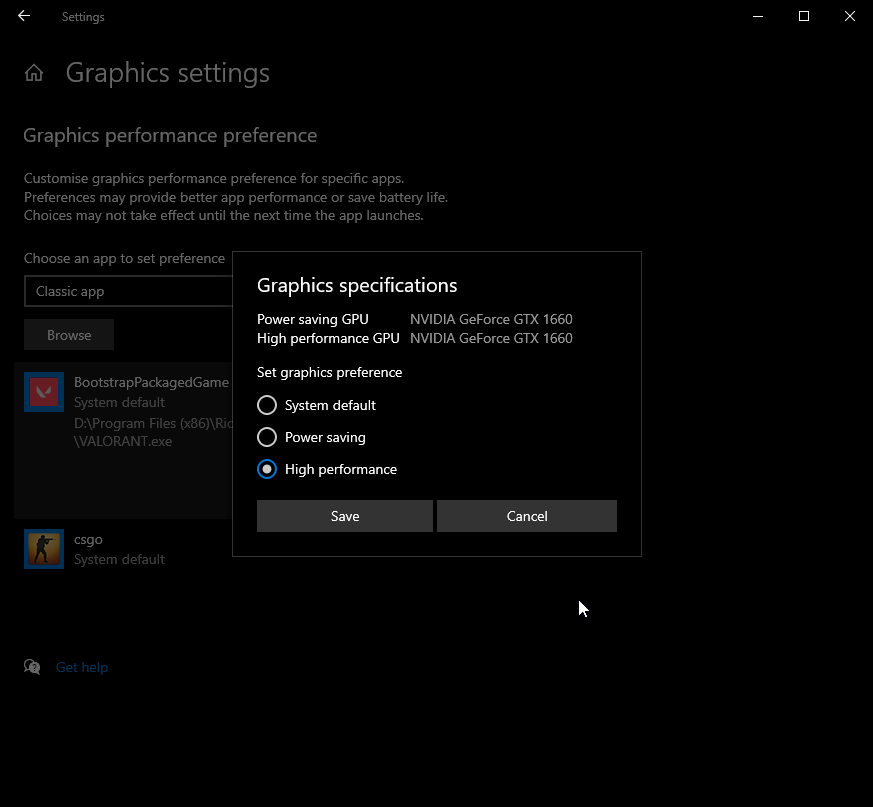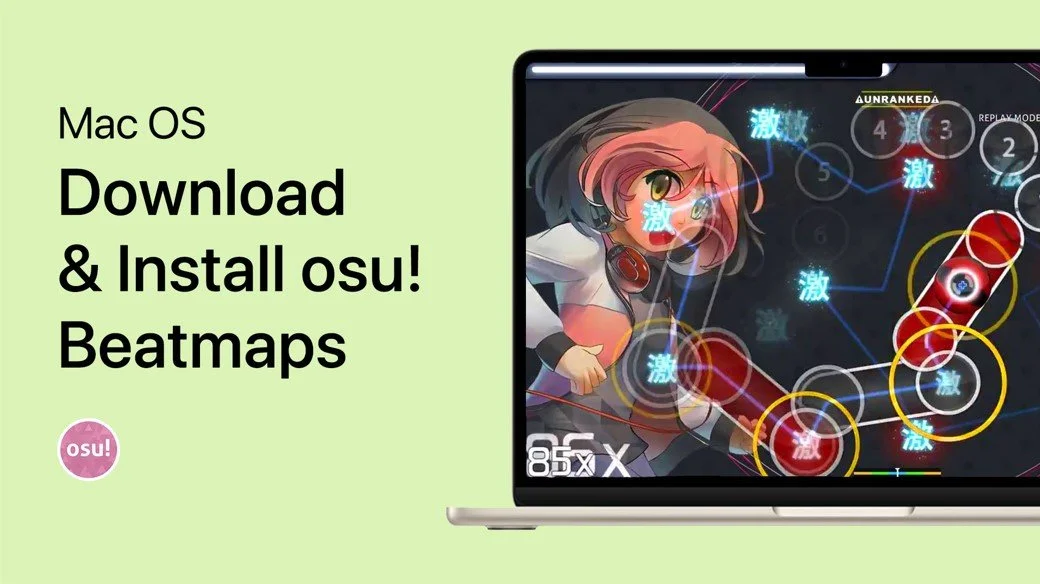osu! - How To Fix Lag Spikes & Stuttering
Introduction:
Are you tired of experiencing lag spikes and stuttering while playing osu!? It can be frustrating when technical issues hinder your gameplay. However, the good news is that there are ways to fix these problems and get back to enjoying your gameplay experience. This article will explore some effective strategies to help you overcome lag spikes and stuttering in osu! From optimizing your computer settings to adjusting in-game options, we will cover everything you need to know to improve your gameplay performance.
Optimize the osu! In-Game Settings
Changing your in-game settings usually makes the biggest performance improvement for low to mid-end systems. Open up your settings, and make changes according to your system’s specifications. Most of the setting changes showcased apply to low-end PCs. If you experience performance issues while using the recommended system requirements, then follow the next steps. Open up osu! and navigate to your settings. Under Updates, select the stable release stream.
osu! Settings > Release Stream > Stable
Video Settings
In your Graphics Settings, ensure your frame limiter option is set to Optimal. This will optimize your framerate to improve your performance. Below, you can also enable the FPS counter, which will help you determine which tweaks help the most. If you experience crashes or startup issues, enable the compatibility mode option. Depending on which component is bottlenecking your performance, the Reduce dropped frames option could also help you.
osu! Settings > Renderer
Detail Settings
Under Layout, run the game in your native monitor resolution. If none of the tweaks helped you as much as you wanted, slightly reduce your display resolution. This will in any case improve your performance, but the visual quality will suffer a lot. We suggest disabling some detail settings, as these, depending on the beatmap and skin, can reduce your performance quite a bit.
osu! Settings > Detail Settings
Change the osu! Process Priority
To further increase the game’s performance on your PC, we will change the application’s priority compared to other programs running in the background. Right-click your taskbar to open up your Task Manager. In the Processes tab, right-click the osu! game process and select go to details. In the Details tab, the application should be highlighted. Right-click the game process and set the priority to high. This will allocate more resources to playing the game and should increase your performance, especially if other programs are running in the background.
Task Manager > Details > osu! > Set Priority > High
To reduce the CPU utilization from other programs, I suggest you end some programs from running in the background, which you don't need when playing the game. Only to end programs from running, which you know won't break your operating system. In the Startup tab, you can prevent programs from starting on system boot.
Task Manager > Processes > End Task
Update Graphics Card Driver
NVIDIA graphics cards can utilize the GeForce Experience application. Click here to download the application to your system. When the download is completed, open up the application, and in the Drivers tab, select Download. This will download and install the latest GPU update and should take a few minutes to complete.
GeForce Experience > Drivers > Download
Update Windows Operating System
To optimize your system for performance, you should make sure that your operating system is up to date. Search for Update in your taskbar search. In your Check for updates system settings window, make sure to download the latest update and make sure to restart your PC after that, the download is completed. This will in any case help you with performance issues.
Windows Settings > Windows Update
Disable Game Bar Recording
Some native Windows 10 settings can reduce your overall performance while in-game. Disable the Game Bar recording option, as it continuously records your gameplay and audio. In your taskbar search, enter: Game Bar to open the game bar system settings. Uncheck the recording option. In the Captures tab, disable the background recording option additionally. These settings will only reduce your performance. If you want to record your gameplay, we suggest using OBS Studio or an external capture card if you lack performance.
Windows Settings > Gaming > Game Bar
Adjust the NVIDIA Control Panel Settings
Making changes to your NVIDIA control panel can be essential. Change a few options in your NVIDIA control panel to improve the game’s performance on your system. To open your NVIDIA control panel, right-click your desktop and select NVIDIA Control Panel. In your control panel, navigate to Manage 3D Settings > Program Settings.
Select Add a program to customize and then add the game from the program list. If you can’t find the game in the program list, click Browse. In your file explorer, you must locate the drive and path on which you installed the game and add it to the program list. Ensure the CUDA setting is set to your primary GPU, set the Power management mode to Prefer maximum performance, and set the texture filtering quality to Performance.
Manage 3D Settings > Program Settings
Change the osu! Graphics Preference
Windows 10 allows you to utilize power user settings, such as your graphics settings. To change your graphics settings, enter Graphics Settings in your taskbar search to open up your native settings.
When selecting Browse, your file explorer will open up, where you will have to navigate to the drive and path where the game is saved. After adding the program to your graphics settings list, the operating system lets you choose between the following:
Let Windows choose
Power Saving (Usually Intel HD Graphics)
High Performance (Usually, your graphics card(s)
Specific GPU (Choose which GPU to use)
For the most system performance, use the High-Performance option. If your GPU is bottlenecking your performance, you should set it to Let Windows Decide. Don't forget to apply your changes.
Graphics Settings > Graphics Preference > High Performance
Delete the Windows Temporary Files
Your hard drive might be cluttered with unwanted files. These files will induce lag if not removed properly. You can delete your temporary files manually or use PC cleanup programs, such as CCleaner. These applications are usually the best choice as they will automatically keep your hard-drive clean for you. To manually delete your temporary files, enter %temp% in your taskbar search and hit enter. A new folder will open up. Delete the content of your temporary files folder.
Sometimes, this can take a few minutes if you haven’t done this before. Some files will most likely stay in your temp folder, as these are still in use by your programs. To completely delete these files, you should also empty your recycle bin.
Delete the content of your %temp% folder







